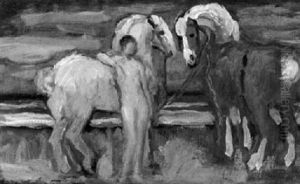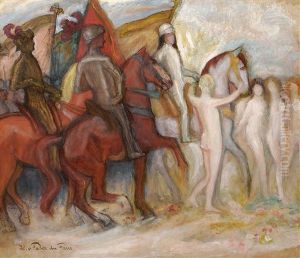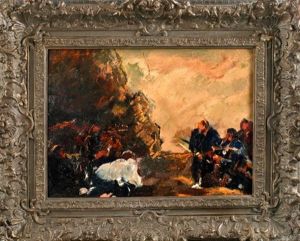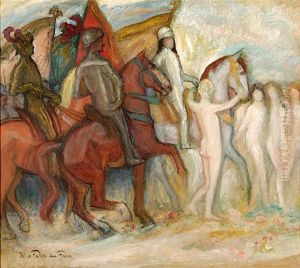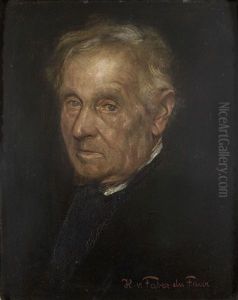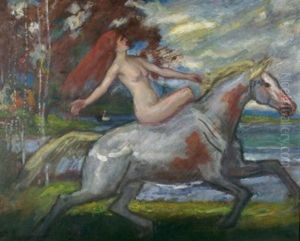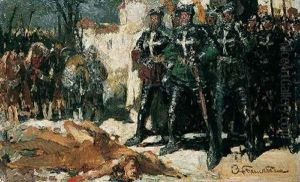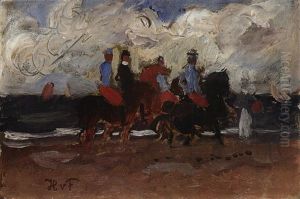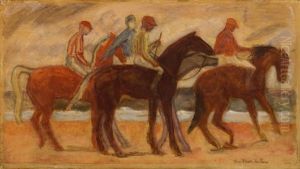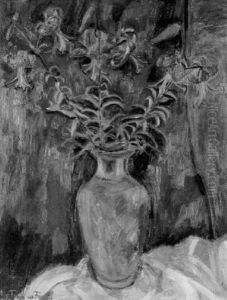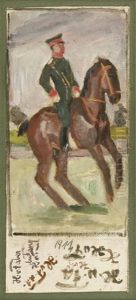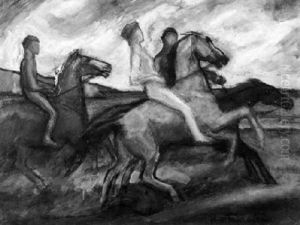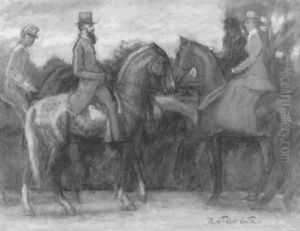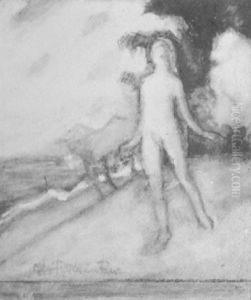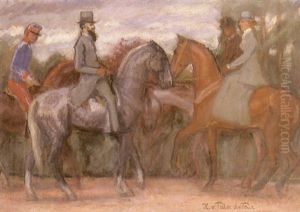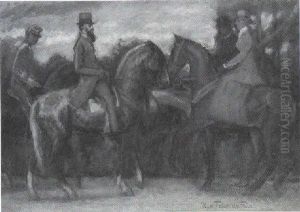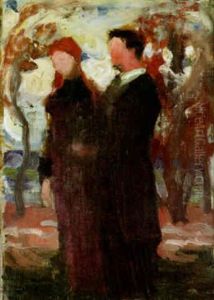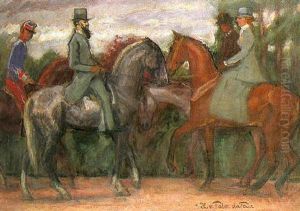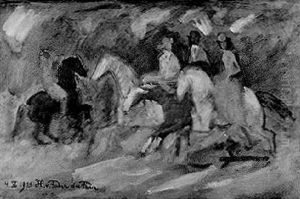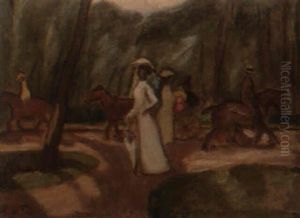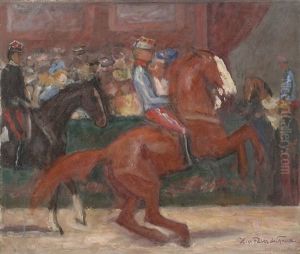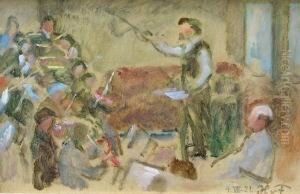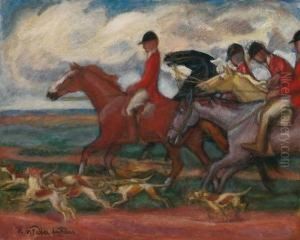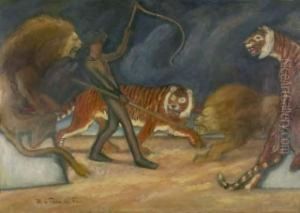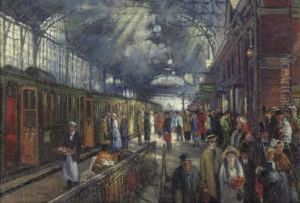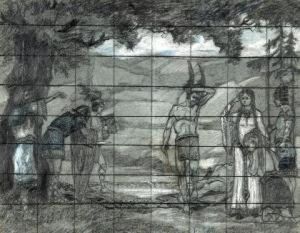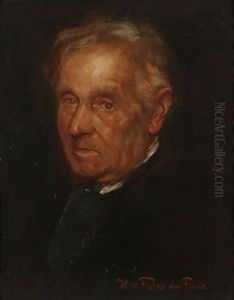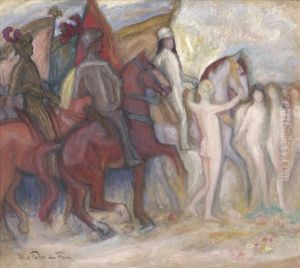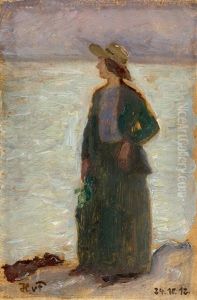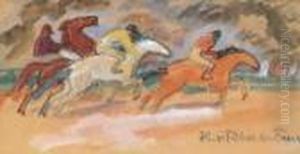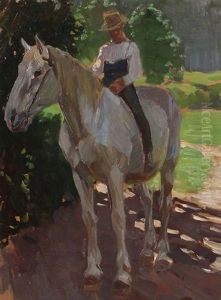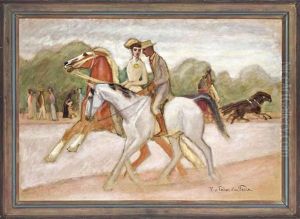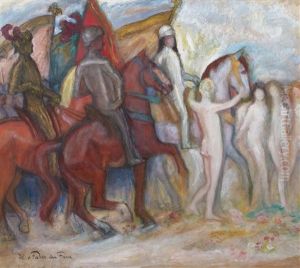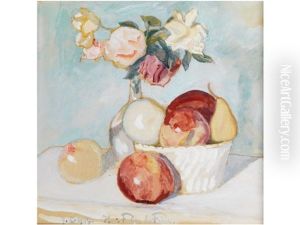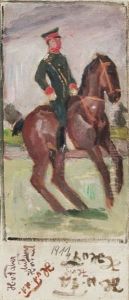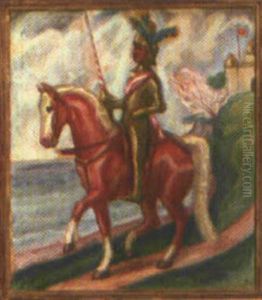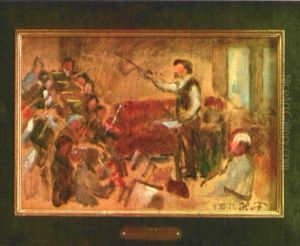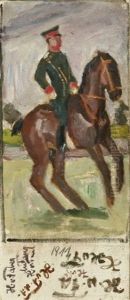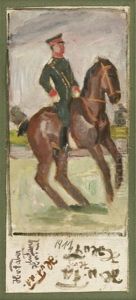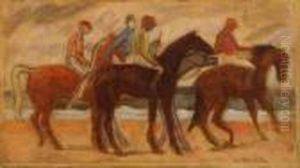Hans Von Faber Du Faur Paintings
Hans von Faber du Faur was a German painter, primarily known for his works depicting military subjects. Born on May 20, 1863, in Stuttgart, Germany, Faber du Faur came from a military background, with his family having a history of service in the army. This background had a profound influence on his artistic career, as he often focused his artwork on military themes, capturing the life of soldiers and the atmosphere of the battlefield with a remarkable level of detail and realism.
Despite his interest in the military, Faber du Faur pursued a career in the arts. He studied painting at the Royal Academy of Fine Arts in Munich, a leading art institution in Germany, where he was influenced by the prevailing styles of the time, including Realism and later, Impressionism. His education provided him with the technical skills to depict the complexity of military scenes with accuracy and an evocative sense of mood.
Faber du Faur served as an officer in the German Army, and his firsthand experience of military life during peacetime and conflict imbued his paintings with authenticity. His most significant body of work comes from his experiences during World War I, where he served on both the Western and Eastern Fronts. He created a series of paintings that documented the war, portraying the grim realities of trench warfare, the devastation of the landscape, and the daily life of the German soldiers. These works are valuable historical documents as well as works of art, providing insight into the experiences of World War I from the perspective of a soldier-artist.
After the war, Faber du Faur continued to paint, though the demand for military-themed artwork declined. He remained committed to his artistic vision, and his post-war works often reflected a more somber and reflective tone, influenced by the tragedy and loss he witnessed. Hans von Faber du Faur died on November 7, 1940, leaving behind a legacy as one of the foremost painters of military subjects in Germany. His works continue to be studied and exhibited as examples of war art that combine technical mastery with a poignant narrative of the human experience in times of conflict.
